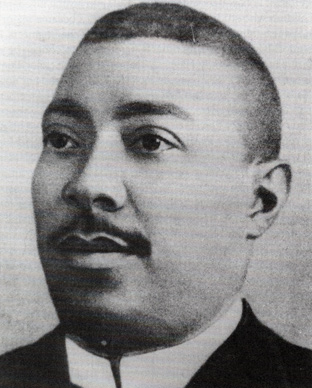7.2.3 The waltz.

Many of the dance genres that arrived from Europe were cultivated by local composers and are examples of Cuban musical creation in the 19th century. The waltz is one of the most prominent and important compositions of this period.
During this period, waltzes influenced by Viennese and French music were composed. The most common were the Andante, which were best suited to dance, given the characteristics of our tropical climate, which demanded a certain degree of restraint in tempo.
In 19th-century Cuba, the Cuban waltz was known as the tropical waltz. Many were based on themes from operas and zarzuelas. This is the case with El barberillo, composed by Raimundo Valenzuela, based on the zarzuela El barberillo de Lavapiés, by the Spanish maestro Francisco Asenjo Barbieri.
The waltzes composed in Cuba retained the musical elements of European waltzes, such as a slow tempo and a generally sad and melancholic character. Because of these characteristics, the tropical waltz was present in both ballroom dances and concerts.
The waltz was a musical genre popularized in periodicals and music store editions, usually for piano. In salons, waltzes were played by the orchestras of the time. They were heard and danced until the end of the 19th century in Cuba, when they gradually disappeared, as they failed to achieve a level of technical-musical elaboration or stylization in the country.








